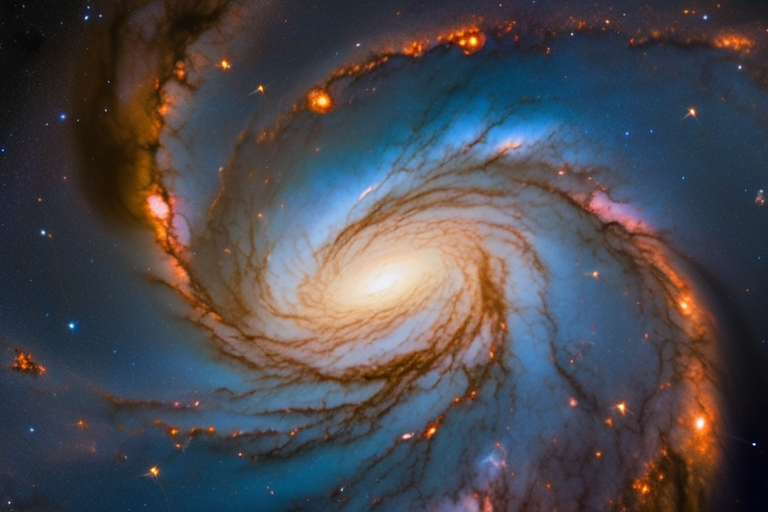Hubble Unveils Vibrant Galaxy NGC 6000 in Stunning Blue and Gold Hues


Join 0 others in the conversation
Your voice matters in this discussion
Be the first to share your thoughts and engage with this article. Your perspective matters!
Discover articles from our community

 Hoppi
Hoppi

 Hoppi
Hoppi

 Hoppi
Hoppi

 Hoppi
Hoppi

 Hoppi
Hoppi

 Hoppi
Hoppi

OpenAI Shakes Up Team Behind ChatGPT's Personality in Major Reorganization In a significant move, OpenAI has reorganized its Model Behavior …

Hoppi

Flying Cars Crash into Each Other at Chinese Air Show BEIJING, CHINA - On Saturday, a dramatic incident unfolded at …

Hoppi

Watch: Moments from Charlie Kirk's Memorial Service Glendale, Arizona - Tens of thousands of people gathered at State Farm Stadium …

Hoppi

AIcyberInside the Anthropic red team tasked with breaking its AI modelsand burnishing the companys reputation for safetyBy Sharon GoldmanBy Sharon …

Hoppi

Taylor Swift Shares Sweet Message With Swifties After 'The Life of a Showgirl' Drop: "An Album That Just Feels So …

Hoppi

Gazan Girl's Fear of Walls Highlights Trauma of War In a striking example of the psychological impact of prolonged conflict …

Hoppi